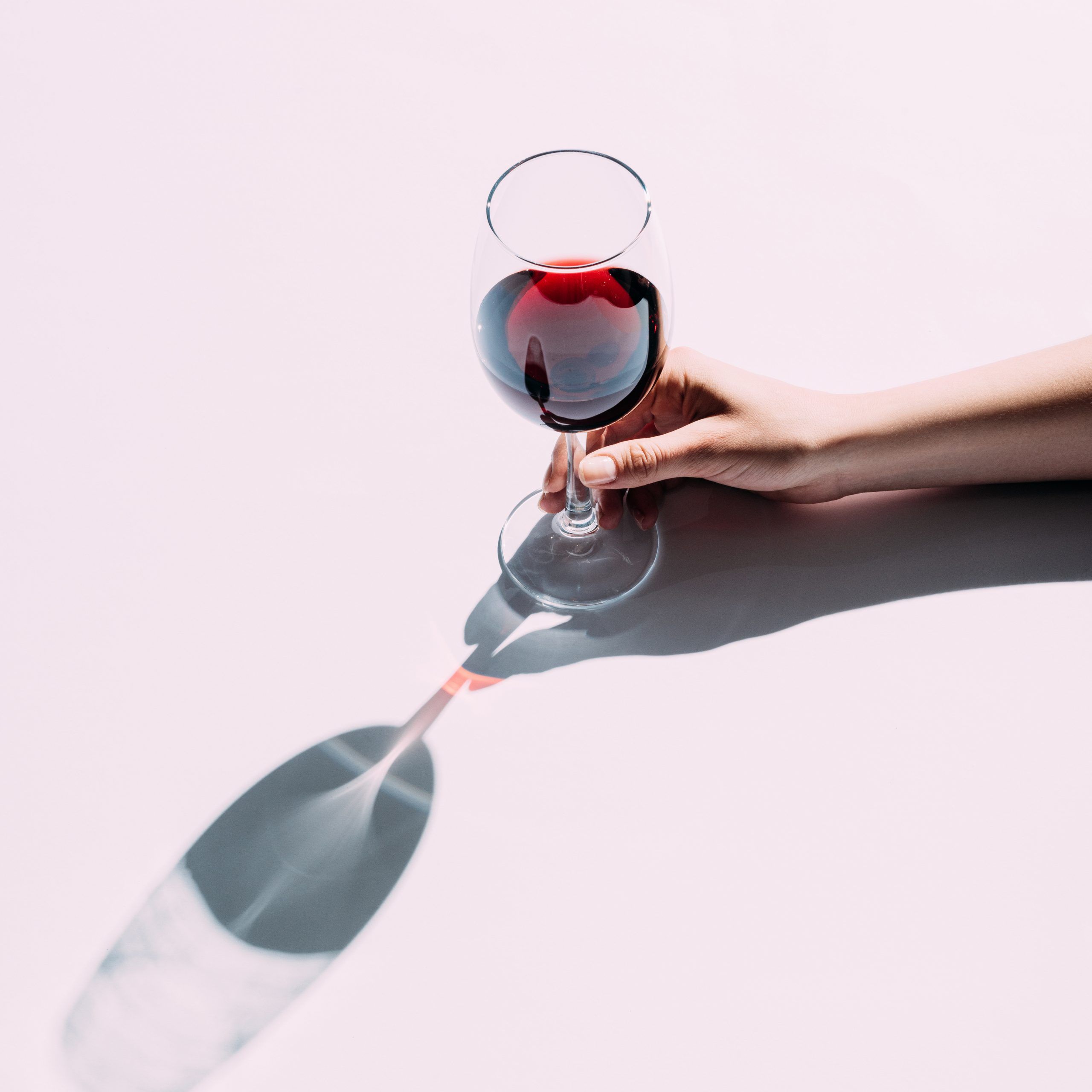

Articles
How To Store Leftover Wine
Modified: February 5, 2024
Learn how to properly store leftover wine with these informative articles. Avoid waste and enjoy your wine for longer with our helpful tips and advice.
(Many of the links in this article redirect to a specific reviewed product. Your purchase of these products through affiliate links helps to generate commission for Storables.com, at no extra cost. Learn more)
Introduction
Have you ever found yourself with a partially finished bottle of wine after a dinner party or a night in? While it’s tempting to just leave it on the counter or toss it in the fridge, proper storage is essential to preserve the quality and flavor of your leftover wine. Whether it’s a special bottle you want to save for later or just a few glasses you can’t finish in one sitting, knowing how to store leftover wine can make all the difference in ensuring its taste remains enjoyable.
Leftover wine can be stored for a few days to a week, depending on the type and quality of wine, as well as the storage method used. It’s important to note that once a bottle of wine has been opened, it comes into contact with oxygen, which can lead to oxidation and spoilage. However, with the right techniques, you can extend the life of your leftover wine and savor it at a later time.
In this article, we will explore various methods for properly storing leftover wine, from simple re-corking to more advanced preservation systems. We’ll also provide tips on how to use leftover wine in delicious recipes, so nothing goes to waste.
So, if you’re ready to maximize the enjoyment of your favorite wines, let’s dive into the world of storing leftover wine!
Key Takeaways:
- Properly storing leftover wine is crucial to preserving its quality and flavor. From re-corking to using vacuum sealers, there are various methods to extend the shelf life and savor every drop.
- Don’t let leftover wine go to waste! Get creative by using it in cooking, making wine-based cocktails, infusing fruit, or even creating homemade wine vinegar. Embrace the possibilities and enjoy every sip.
Read more: How To Store Leftover Burrata
Understanding the Shelf Life of Leftover Wine
Before delving into the various methods of storing leftover wine, it’s important to understand the shelf life of wine once it has been opened. Unlike spirits like whiskey or vodka, wine is more delicate and susceptible to oxidation and spoilage.
The shelf life of wine depends on a few key factors, including the type of wine, its quality, and how it’s stored. Generally, red wines tend to have a longer shelf life compared to white and rosé wines. Full-bodied red wines, such as Cabernet Sauvignon or Syrah, can last up to five days after opening, while lighter reds, like Pinot Noir or Beaujolais, may last around three to four days.
White wines, including Chardonnay and Sauvignon Blanc, typically have a shorter shelf life of around three to five days, with some lighter white wines lasting only a day or two. Sparkling wines, such as Champagne or Prosecco, are best consumed on the day they are opened to maintain their signature effervescence.
Factors such as the age and quality of the wine can also affect its shelf life. Generally, older wines are more fragile and may not last as long once opened. Additionally, wines that have been opened and closed repeatedly may have a shorter shelf life due to increased exposure to oxygen.
Proper storage is vital to extend the shelf life of leftover wine. The goal is to minimize the amount of oxygen the wine comes into contact with, as oxygen can cause the wine to oxidize and develop off-flavors. The following section will explore various methods for storing leftover wine to ensure its freshness and quality.
Tips for Properly Storing Leftover Wine
When it comes to storing leftover wine, there are a few key tips to keep in mind to ensure optimal freshness and flavor. By following these tips, you can prolong the life of your wine and enjoy it later without sacrificing quality.
1. Keep the wine bottle upright: Unlike unopened wine bottles, which are typically stored on their sides to keep the cork moist, leftover wine should be stored in an upright position. This helps minimize the surface area of the wine that comes into contact with oxygen, reducing the risk of oxidation.
2. Store in a cool, dark place: The ideal storage temperature for leftover wine is between 55-65°F (13-18°C). Avoid storing wine in areas exposed to direct sunlight or temperature fluctuations, such as near windows or kitchen appliances. Excessive heat can speed up the oxidation process and deteriorate the wine’s quality.
3. Avoid extreme temperature changes: Rapid temperature changes can negatively impact the quality of wine. Avoid storing leftover wine in the refrigerator and then transferring it to a warmer environment, as the drastic change in temperature can cause the wine to spoil. Instead, opt for a consistent cool storage area.
4. Minimize exposure to oxygen: Oxygen is the enemy when it comes to storing leftover wine. To minimize contact with oxygen, ensure the wine bottle is tightly sealed. Use a proper wine stopper or preservation system to create an airtight seal and prevent air from entering the bottle.
5. Label the bottle: If you have multiple leftover wines or plan to store the wine for an extended period, label the bottle with the date it was opened. This way, you can easily keep track of how long the wine has been stored and its potential shelf life.
6. Do not shake the bottle: Avoid shaking the wine bottle once it has been opened. Shaking can introduce oxygen into the wine, accelerating the oxidation process. Instead, gently handle the bottle when pouring or re-sealing it.
Remember, while these tips can help extend the freshness of leftover wine, it is best to consume it within a few days for optimal taste and quality. If you plan on storing wine for an extended period, consider investing in wine preservation systems that provide the most effective oxygen-free storage environment.
Method 1: Re-corking the Wine Bottle
One of the simplest and most common methods for storing leftover wine is re-corking the bottle. This method is straightforward and requires only the original cork or a clean, tight-fitting wine stopper.
Here’s how to properly re-cork a wine bottle:
1. Remove the existing cork from the bottle. If it’s intact and in good condition, you can reuse it. However, if the cork is damaged or shows signs of deterioration, it’s best to use a new wine stopper instead.
2. Carefully place the cork or wine stopper back into the bottle, ensuring a snug fit. Apply gentle pressure to firmly secure the closure.
3. Store the re-corked bottle in an upright position in a cool, dark place, away from direct sunlight and extreme temperature fluctuations.
Re-corking the wine bottle is a quick and convenient method, but it may not provide the most airtight seal. Keep in mind that the wine will continue to come into contact with oxygen, which can affect its flavor over time.
It’s important to note that re-corking is most suitable for wines that will be consumed within a couple of days. For longer storage, consider using alternative methods that provide better oxygen protection.
Now that you know the basic re-corking method, let’s explore other techniques for preserving leftover wine and maintaining its quality for an extended period.
Method 2: Using a Wine Stopper or Wine Pump
If you want a more airtight seal for your leftover wine, using a wine stopper or wine pump can help minimize exposure to oxygen. These devices create a vacuum seal, effectively preserving the wine’s freshness and flavor for a longer period.
Here’s how to properly use a wine stopper or wine pump:
1. After pouring the desired amount of wine, insert the wine stopper into the bottle. Choose a high-quality stopper made of durable materials such as silicone or stainless steel to ensure an airtight fit.
2. Apply gentle pressure to ensure the stopper is securely in place. Make sure the stopper fits snugly into the neck of the bottle, preventing any air from entering.
3. If you’re using a wine pump, attach the pump to the stopper. Pump the handle or press the button to remove the excess air from the bottle. A vacuum is created, which helps maintain the wine’s freshness.
4. Once the air has been removed, seal the bottle with the stopper and store it upright in a cool, dark place.
Using a wine stopper or wine pump provides a more effective method of preserving leftover wine compared to re-corking alone. By removing excess air from the bottle, these devices help slow down the oxidation process, ensuring the wine stays fresh for a longer time.
However, it’s worth noting that even with a wine stopper or pump, the wine may still start to degrade after a few days. Therefore, it’s best to consume the wine within a week of opening for the best taste and quality.
Now that you’re familiar with using a wine stopper or pump, let’s explore another method to preserve your leftover wine and extend its shelf life.
Read more: How To Store Leftover Fondant
Method 3: Using a Vacuum Sealer
If you’re looking for an advanced and highly effective method to preserve leftover wine, using a vacuum sealer is an excellent option. Vacuum sealers remove all the air from the bottle, creating an almost oxygen-free environment and extending the wine’s shelf life.
Here’s how to properly use a vacuum sealer to store wine:
1. Open the wine bottle and pour out the desired amount of wine.
2. Place the vacuum sealer attachment onto the bottle’s opening, ensuring a secure fit.
3. Activate the vacuum sealer to remove the air from the bottle. The device will indicate when the process is complete.
4. Once the bottle is sealed, store it upright in a cool, dark place.
Vacuum sealers create a near-perfect seal, preventing any air from coming into contact with the wine. As a result, the oxidation process is significantly slowed down, allowing the wine to maintain its freshness and flavors for an extended period.
It’s important to note that vacuum sealers are not only useful for preserving wine but can also be used for other perishable items, such as food. This makes them a versatile tool to have in your kitchen.
Using a vacuum sealer is an excellent option if you frequently have leftover wine and want to extend its shelf life beyond a few days. It’s worth investing in a high-quality vacuum sealer for maximum effectiveness and convenience.
Now that you’ve learned about using a vacuum sealer to store leftover wine, let’s explore another method that utilizes inert gas to preserve the wine’s quality.
Method 4: Using an Inert Gas Preservation System
If you’re a wine enthusiast who wants to preserve the quality of leftover wine for an extended period, using an inert gas preservation system is an excellent choice. These systems replace the oxygen in the bottle with inert gases such as argon or nitrogen, preventing oxidation and maintaining the wine’s freshness.
Here’s how to utilize an inert gas preservation system to store wine:
1. Pour the desired amount of wine from the bottle, leaving some space at the top.
2. Insert the preservation system’s nozzle into the bottle, ensuring a tight fit.
3. Follow the manufacturer’s instructions to release the inert gas into the bottle. The gas will displace the oxygen and create a protective barrier over the wine.
4. Once the gas has been injected, quickly seal the bottle with a wine stopper or cork.
5. Store the bottle upright in a cool, dark place.
An inert gas preservation system is highly effective in maintaining the integrity of leftover wine. By removing the oxygen, which can cause oxidation and spoilage, these systems help the wine retain its flavors, aromas, and overall quality.
It’s important to note that while inert gas preservation systems provide excellent short-term preservation, they are not foolproof and may still have limitations in maintaining the wine’s freshness over an extended period. Therefore, it’s best to consume the wine within a week or two for the optimal tasting experience.
Now that you’re familiar with using an inert gas preservation system, let’s explore another method that involves using wine preservation sprays.
Store leftover wine in a smaller, airtight container to minimize the amount of air in contact with the wine, which can cause it to spoil more quickly. Keep it in the refrigerator to slow down the oxidation process.
Method 5: Using Wine Preservation Sprays
If you’re looking for a simple and convenient method to preserve the flavor and quality of leftover wine, using wine preservation sprays is an excellent option. These sprays create a thin layer of protective gas over the surface of the wine, preventing oxidation and extending its shelf life.
Here’s how to properly use wine preservation sprays:
1. Open the bottle of wine and pour out the desired amount.
2. Hold the wine preservation spray bottle a few inches away from the surface of the wine.
3. Spray the wine preservation spray over the remaining wine, covering the surface evenly.
4. Immediately reseal the bottle with a wine stopper or cork to prevent any air from entering.
5. Store the bottle upright in a cool, dark place.
Wine preservation sprays work by displacing the oxygen that comes into contact with the wine, creating a protective barrier. This helps maintain the wine’s flavor and aroma for a longer time.
It’s worth noting that wine preservation sprays are best suited for preserving leftover wine for a few days to a week. While they offer a convenient solution, they may not be as effective as other methods, such as vacuum sealers or inert gas preservation systems, in extending the wine’s shelf life.
Therefore, if you plan on storing the wine for an extended period or want to preserve its quality as much as possible, consider using alternative methods that create a more airtight seal and provide better long-term preservation.
Now that you’re familiar with using wine preservation sprays, let’s explore another technique that involves transferring the wine to smaller bottles.
Method 6: Transferring the Wine to Smaller Bottles
If you have leftover wine and want to minimize the amount of oxygen it comes into contact with, transferring the wine to smaller bottles can be an effective method. By reducing the air space in the bottle, you can slow down the oxidation process and extend the wine’s shelf life.
Here’s how to properly transfer wine to smaller bottles:
1. Ensure you have clean and sanitized smaller bottles with tight-fitting caps or corks. It’s recommended to use bottles specifically designed for wine storage or airtight containers.
2. Open the original bottle of wine and pour the desired amount into the smaller bottles, leaving some space at the top.
3. Quickly seal each smaller bottle with a cap or cork, ensuring a tight fit to reduce the amount of oxygen inside.
4. Store the smaller bottles upright in a cool, dark place.
Transferring the wine to smaller bottles limits the wine’s exposure to oxygen since there is less air space for oxidation to occur. This can help preserve the freshness and flavors of the wine for a longer period.
It’s important to note that the shelf life of the transferred wine will still depend on other factors such as the type of wine and storage conditions. However, this method provides a practical solution for storing leftover wine when you don’t have access to specialized preservation systems.
Remember to label the smaller bottles with the date of transfer and the type of wine to keep track of their contents. Additionally, consume the wine within a reasonable time frame for the best taste and quality.
Now that you’re familiar with transferring wine to smaller bottles, let’s explore another method that involves utilizing the refrigerator to preserve leftover wine.
Read more: How To Store Leftover Frosting
Method 7: Preserving Wine in the Refrigerator
If you want to extend the shelf life of your leftover wine without any additional equipment, utilizing the refrigerator is a viable option. The cooler temperature in the fridge helps slow down the oxidation process and preserves the wine’s flavor and quality for a few days.
Here’s how to properly preserve wine in the refrigerator:
1. After opening the bottle, reseal it with the original cork or a wine stopper. Ensure it’s securely fitted to minimize air exposure.
2. Place the sealed bottle in the refrigerator, preferably in the main compartment rather than the door. The door may experience more temperature fluctuations, which can affect the wine’s quality.
3. Keep the wine bottle upright to reduce the surface area exposed to oxygen.
4. Store the wine in the refrigerator for up to a maximum of 3-5 days.
While refrigeration helps slow down the oxidation process, it’s important to note that it doesn’t fully eliminate it. Some changes in flavor and aroma may still occur over time, especially with delicate wines.
Additionally, allow the wine to come to the ideal serving temperature before consuming it. Bring red wine to slightly below room temperature and white wine to a cool, refreshing temperature. This allows you to fully enjoy the flavors and aromas of the wine.
Preserving wine in the refrigerator is a practical solution for short-term storage of leftover wine. However, if you plan on storing the wine for a longer period or want to extend its shelf life beyond a few days, consider utilizing other methods such as vacuum sealers or inert gas preservation systems.
Now that you’re familiar with preserving wine in the refrigerator, let’s explore a method that involves freezing leftover wine.
Method 8: Freezing Leftover Wine
If you have leftover wine that you’re unable to consume within a few days, freezing it can be a viable option to preserve its flavors and make it last longer. Freezing wine can extend its shelf life for several months, allowing you to enjoy it at a later time without significant degradation.
Here’s how to properly freeze leftover wine:
1. Pour the remaining wine into a freezer-safe container or ice cube trays. Leave some space at the top of the container as wine expands when frozen.
2. Seal the container tightly to prevent any air from entering and causing freezer burn.
3. Label the container with the date it was frozen and the type of wine.
4. Place the container in the freezer, ensuring it remains upright to prevent leakage.
5. Freeze the wine for up to three months.
When you’re ready to use the frozen wine, here are a few options:
– For cooking purposes: Use the frozen wine directly in recipes that require wine as an ingredient, such as sauces, stews, and marinades. The wine will thaw and release its flavors during the cooking process.
– For drinking: Thaw the frozen wine in the refrigerator overnight or in a bowl of cold water. Once defrosted, consume the wine within a day or two to maintain its quality.
It’s worth noting that freezing wine can slightly alter its taste and texture, especially for delicate wines. The freezing process can separate some components, resulting in a subtle change in flavor and aroma. However, this method is perfectly suitable for cooking or enjoying a glass of wine without expecting the same level of complexity as fresh wine.
Remember, not all wines freeze equally. High-alcohol or sweet wines tend to be more resistant to freezing, while lower-alcohol or delicate wines may experience more noticeable changes in flavor.
Now that you’re familiar with freezing leftover wine, you have another option for preserving your favorite wines and minimizing waste.
Let’s conclude our exploration of methods for storing leftover wine.
Tips for Using Leftover Wine
When you have leftover wine, there’s no need to let it go to waste. Here are some creative and practical tips for making the most out of your unused wine:
1. Cooking and marinating: Leftover wine can add depth and flavor to your culinary creations. Use it to deglaze pans, make reduction sauces, or incorporate it into marinades for meats and vegetables.
2. Wine-based cocktails: Get creative with your mixology skills by using leftover wine as an ingredient in cocktails. Red wine can be used to make sangria or mulled wine, while white wine can be a refreshing addition to a white wine spritzer or wine-based cocktail.
3. Wine-infused fruit: Marinate fresh fruit in leftover wine for a delicious and boozy treat. The wine will infuse the fruit with its flavors, adding a sophisticated twist to your dessert or snack.
4. Wine vinegar: Transform your leftover wine into homemade wine vinegar. Simply pour the wine into a sterilized glass jar, cover it with a breathable cloth, and let it sit at room temperature for several weeks, allowing the alcohol to ferment into vinegar. Use it in salad dressings or as a flavorful ingredient in recipes.
5. Ice cubes for future recipes: Pour leftover wine into ice cube trays and freeze them. These wine cubes can be added to future recipes that call for a splash of wine, such as sauces or stews, without wasting an entire bottle of wine.
6. Wine-based jellies or preserves: Make your own wine jellies or preserves by combining leftover wine with sugar and pectin. This can be spread on toast or used as a condiment to enhance flavors.
7. Wine tastings: Host a wine tasting party with friends and family to sample and compare different leftover wines. It’s a fun and interactive way to appreciate the nuances of each wine and engage in lively discussions.
Remember to assess the taste and quality of your leftover wine before using it. If the wine has spoiled or developed off-flavors, it’s best to discard it rather than use it in your recipes or cocktails.
By embracing these tips, you can make the most out of your leftover wine and turn it into something delightful and enjoyable, ensuring that no drop goes to waste!
Now that you have learned various methods to store and utilize leftover wine, you’re equipped with the knowledge to savor your favorite wines for longer and explore new culinary possibilities.
Cheers to preserving the joy of wine!
Conclusion
Knowing how to properly store and utilize leftover wine is essential for ensuring its freshness and maximizing enjoyment. With a variety of methods at your disposal, you can extend the shelf life of your favorite wines and minimize waste.
From re-corking the wine bottle to using wine stoppers or pumps, vacuum sealers, inert gas preservation systems, wine preservation sprays, transferring to smaller bottles, freezing, and using the refrigerator, each method offers its own benefits and considerations.
It’s important to keep in mind that the shelf life of leftover wine will vary depending on factors such as the type of wine, its quality, and storage conditions. While these methods can help extend the life of your wine, it’s advisable to consume it within a reasonable time frame to enjoy it at its best.
Additionally, make use of your leftover wine creatively. Whether it’s incorporating it into your cooking, making wine-based cocktails, infusing fruit, or even creating homemade wine vinegar, there are countless ways to put your leftover wine to good use.
By implementing these tips and methods, you can preserve the flavors and quality of your leftover wine, ensuring that each sip remains as enjoyable as the first. So, the next time you find yourself with a partially finished bottle of wine, you’ll know exactly how to store it and make the most out of what’s left.
Cheers to savoring every drop and to discovering the delightful possibilities of leftover wine!
Frequently Asked Questions about How To Store Leftover Wine
Was this page helpful?
At Storables.com, we guarantee accurate and reliable information. Our content, validated by Expert Board Contributors, is crafted following stringent Editorial Policies. We're committed to providing you with well-researched, expert-backed insights for all your informational needs.
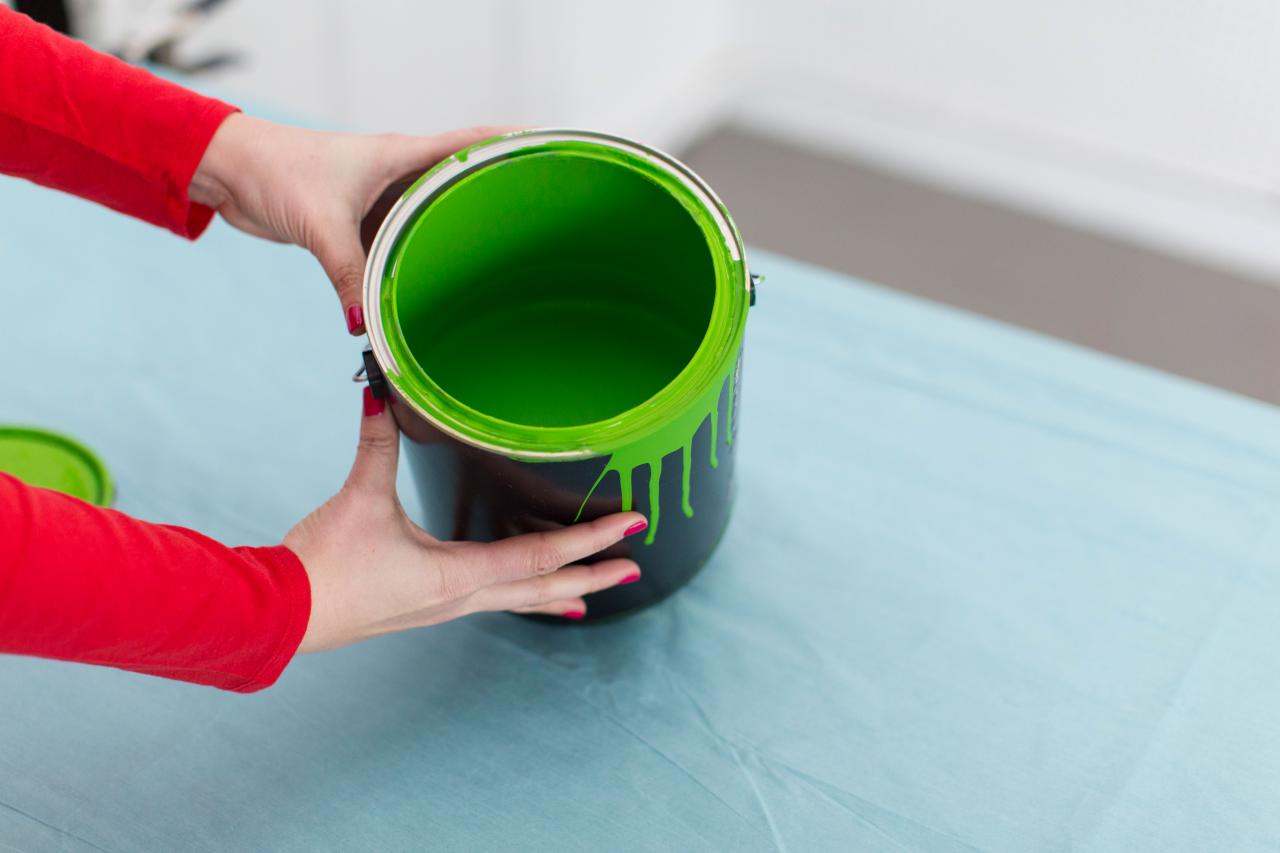
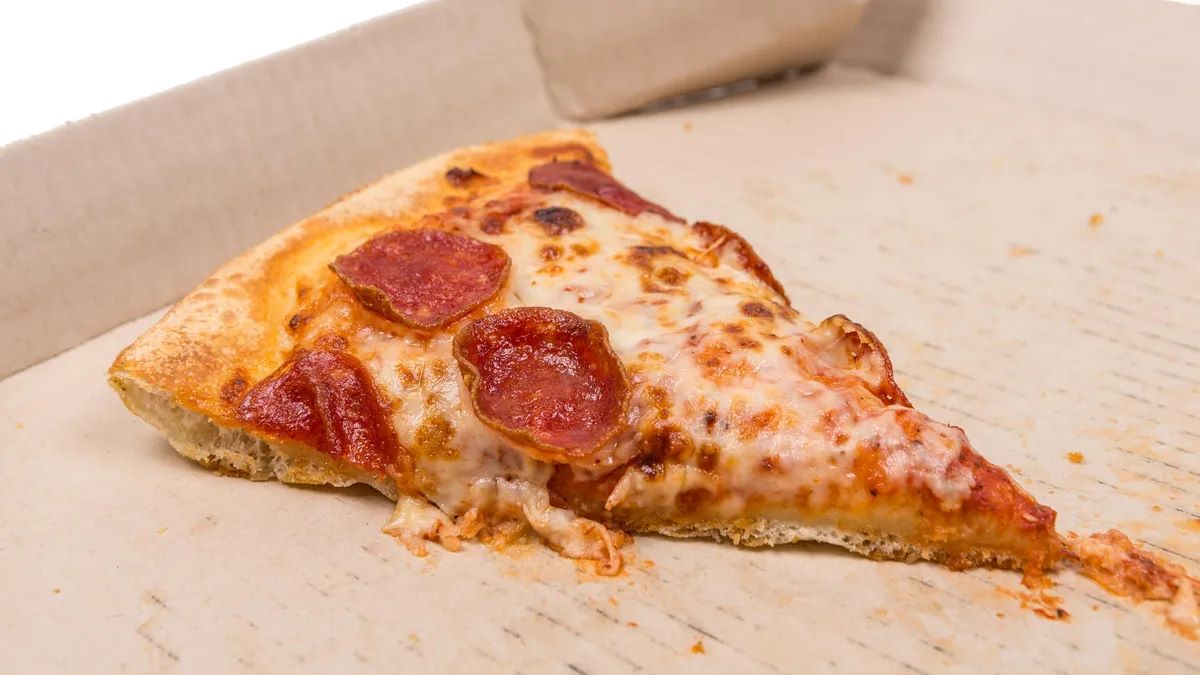
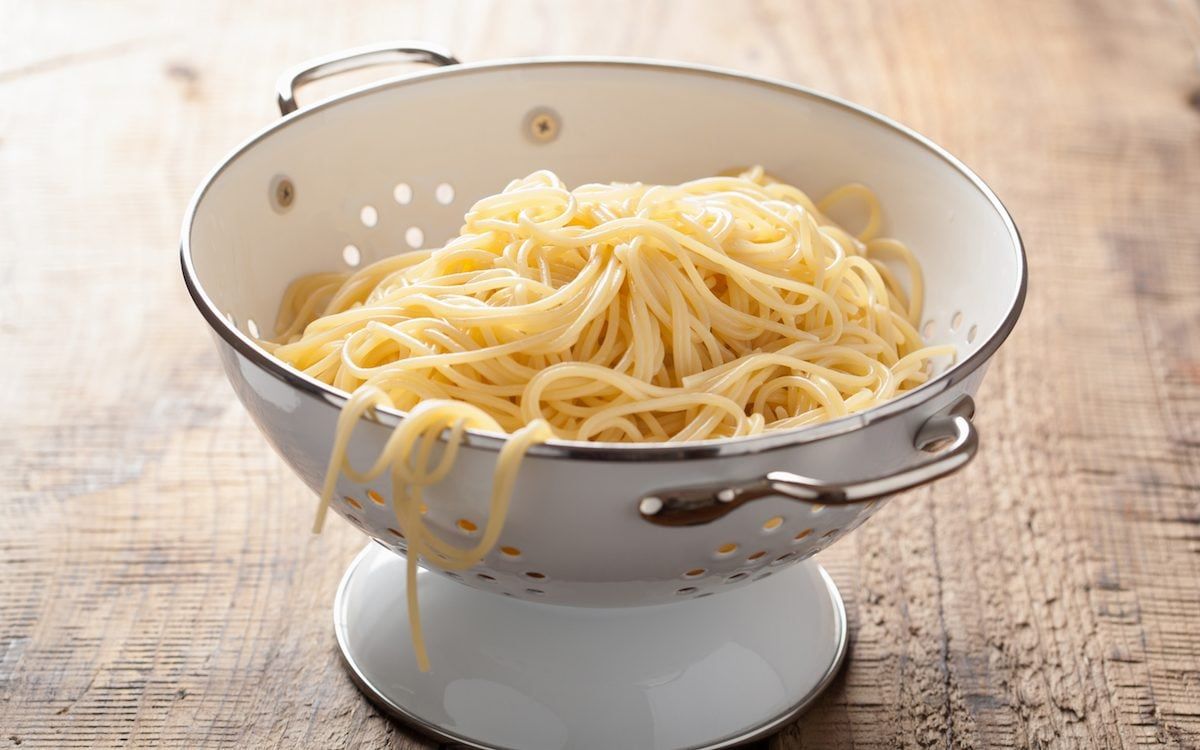
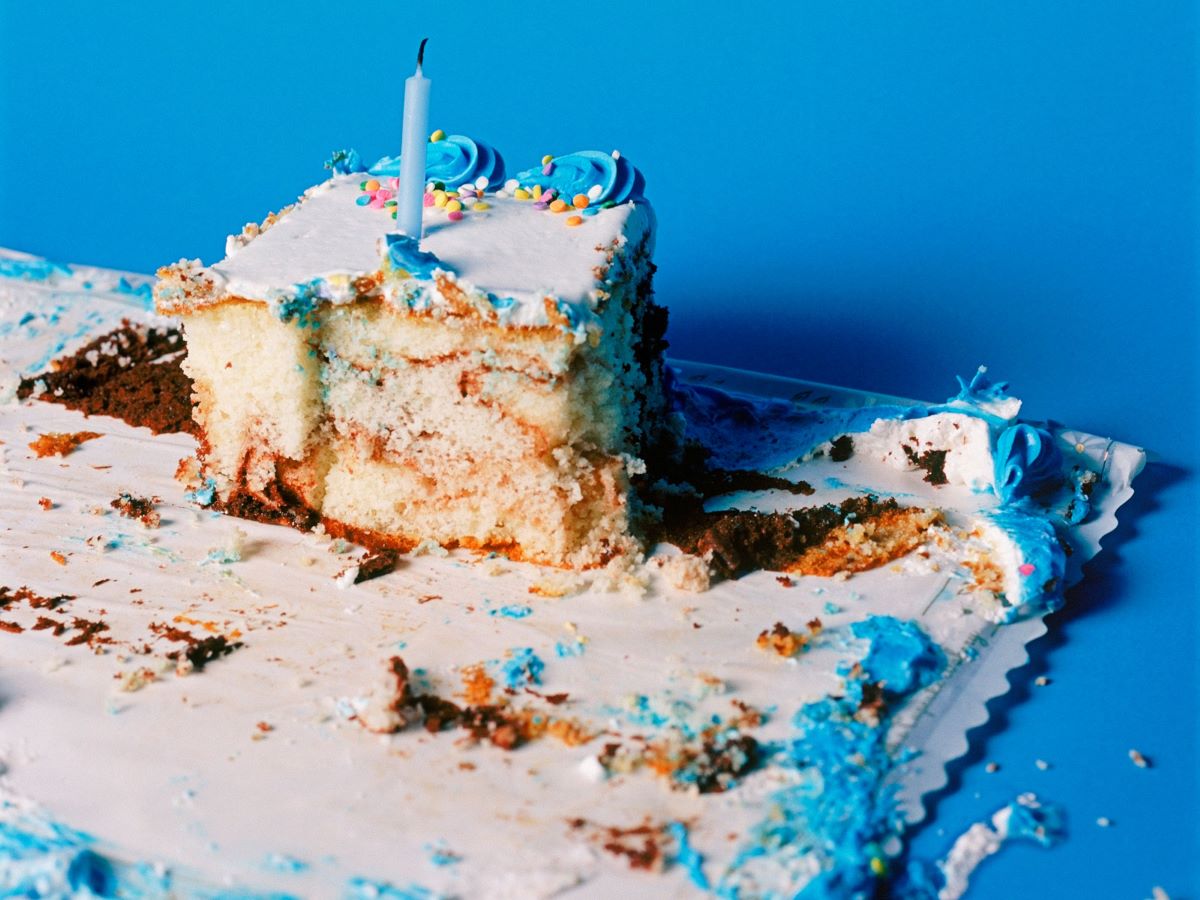
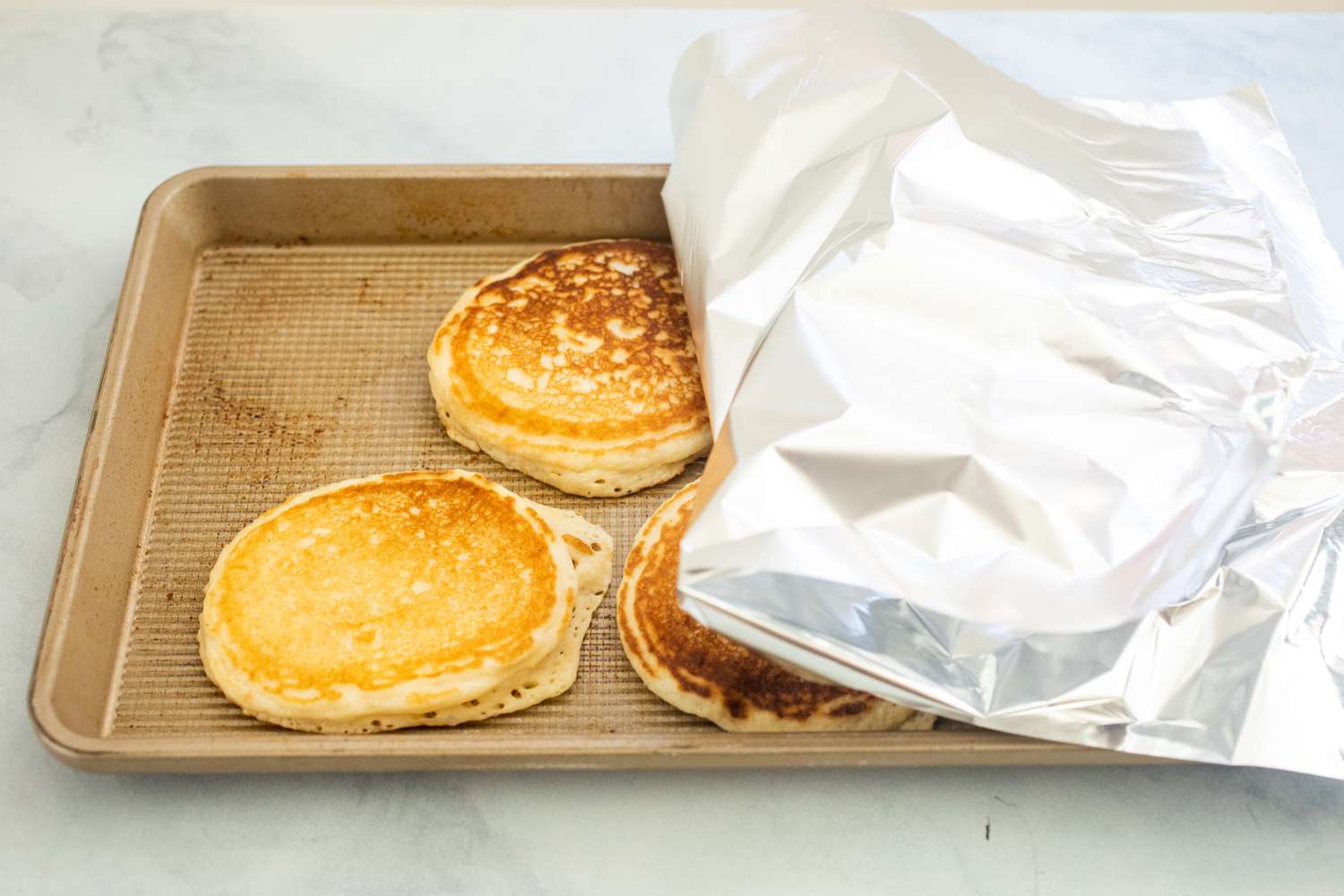
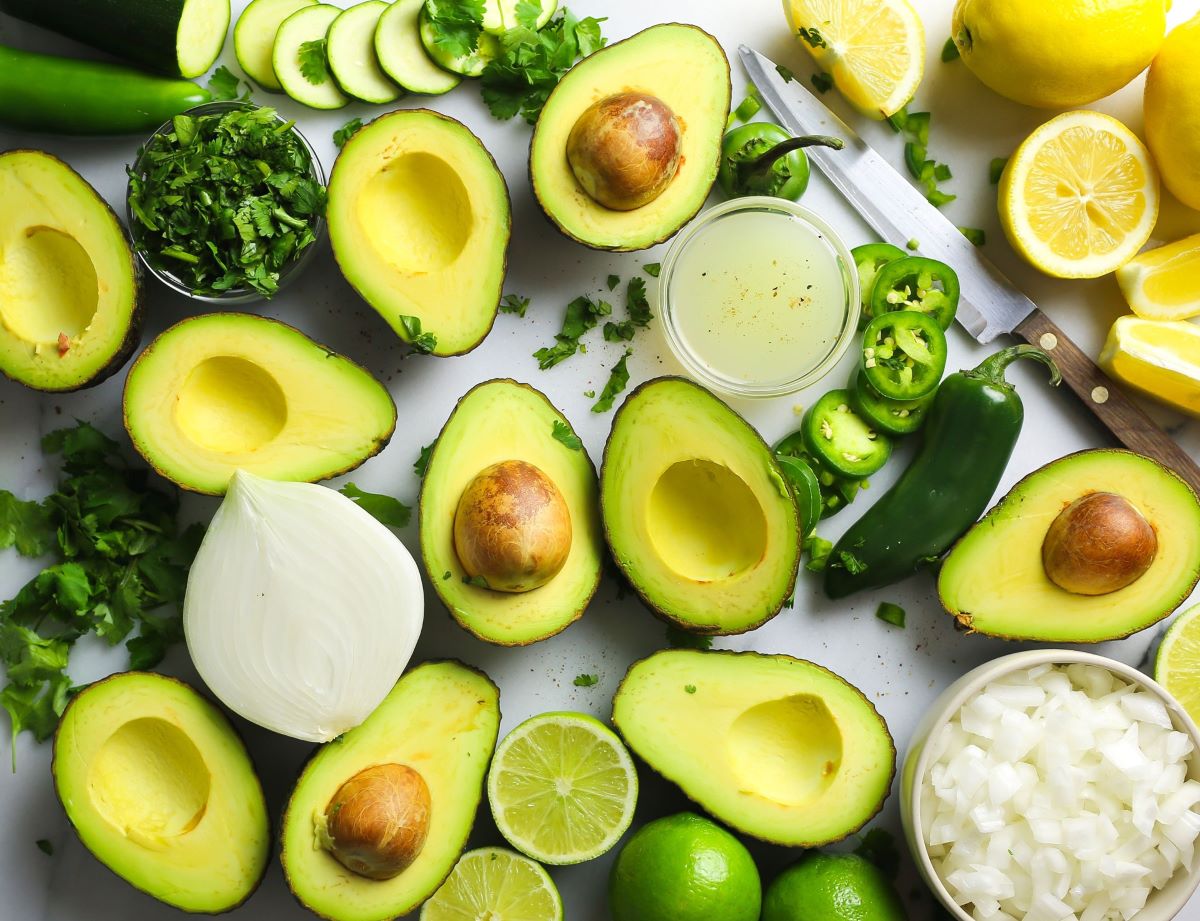
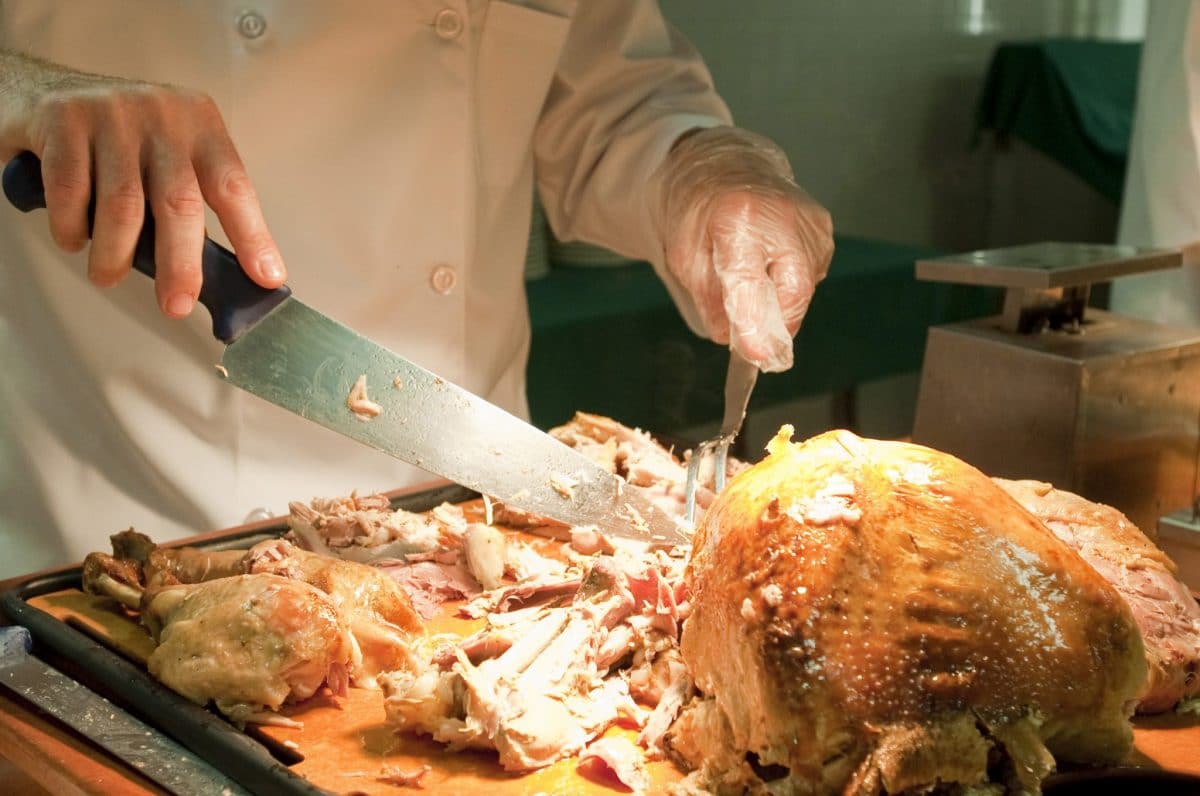
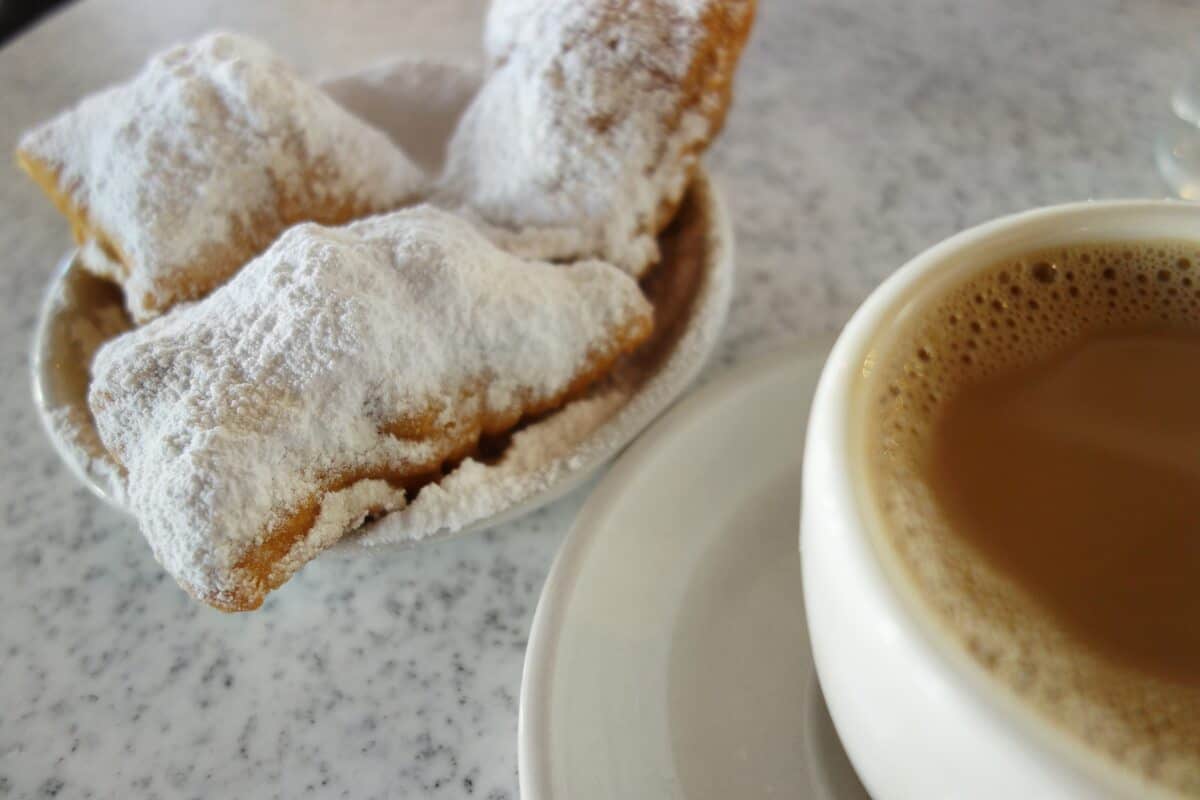

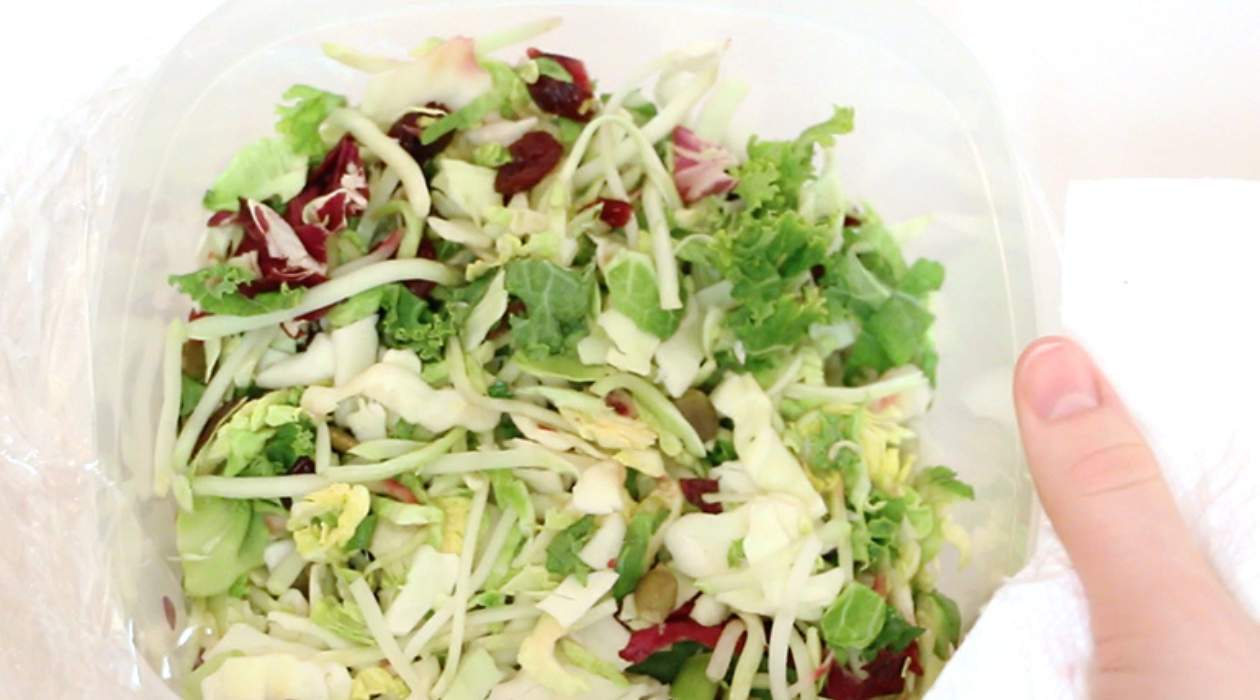
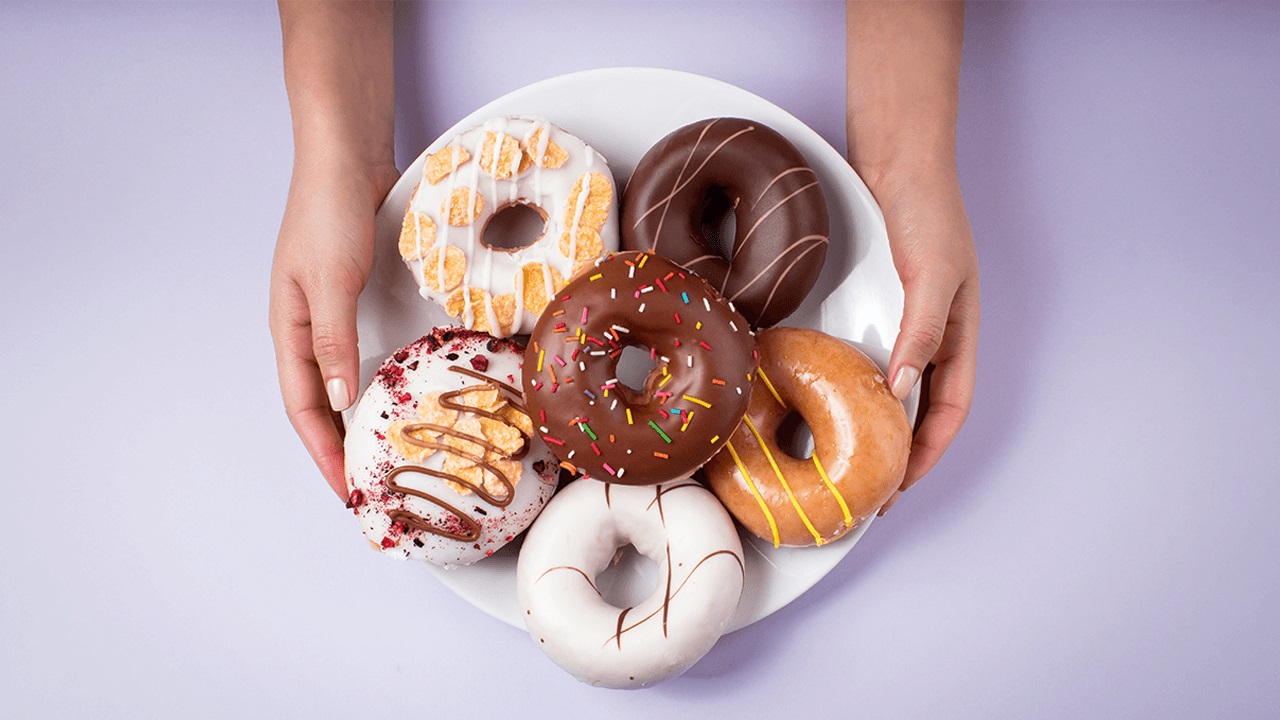
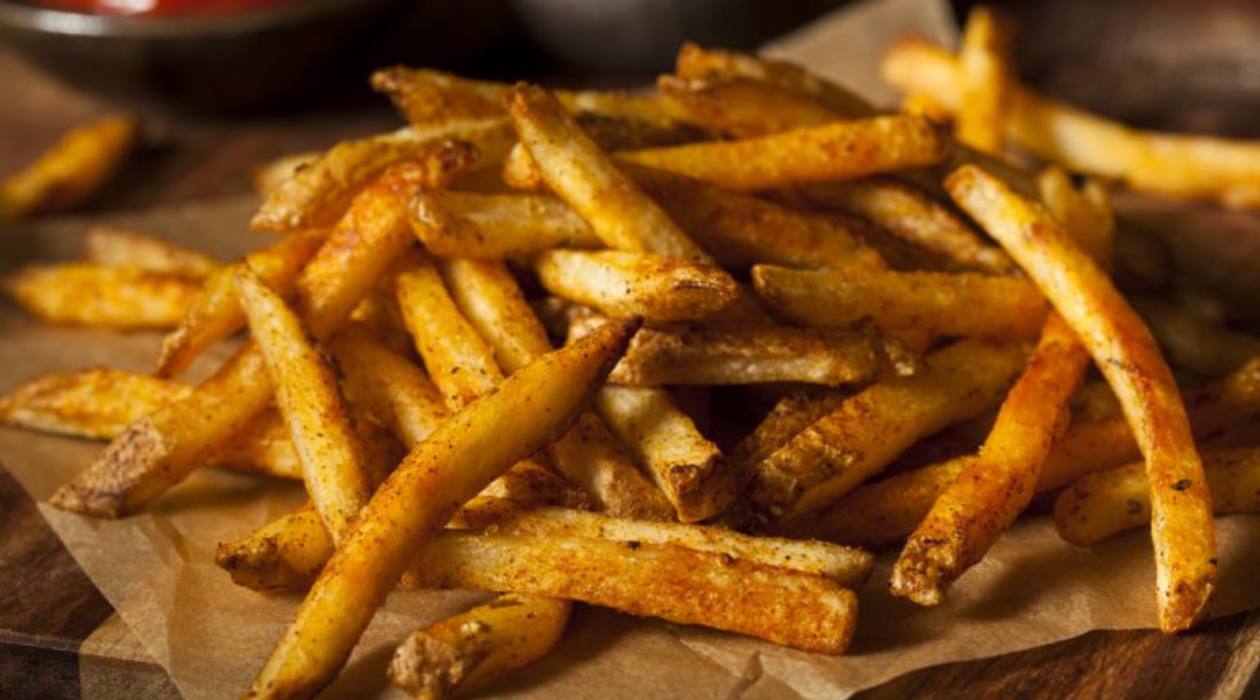
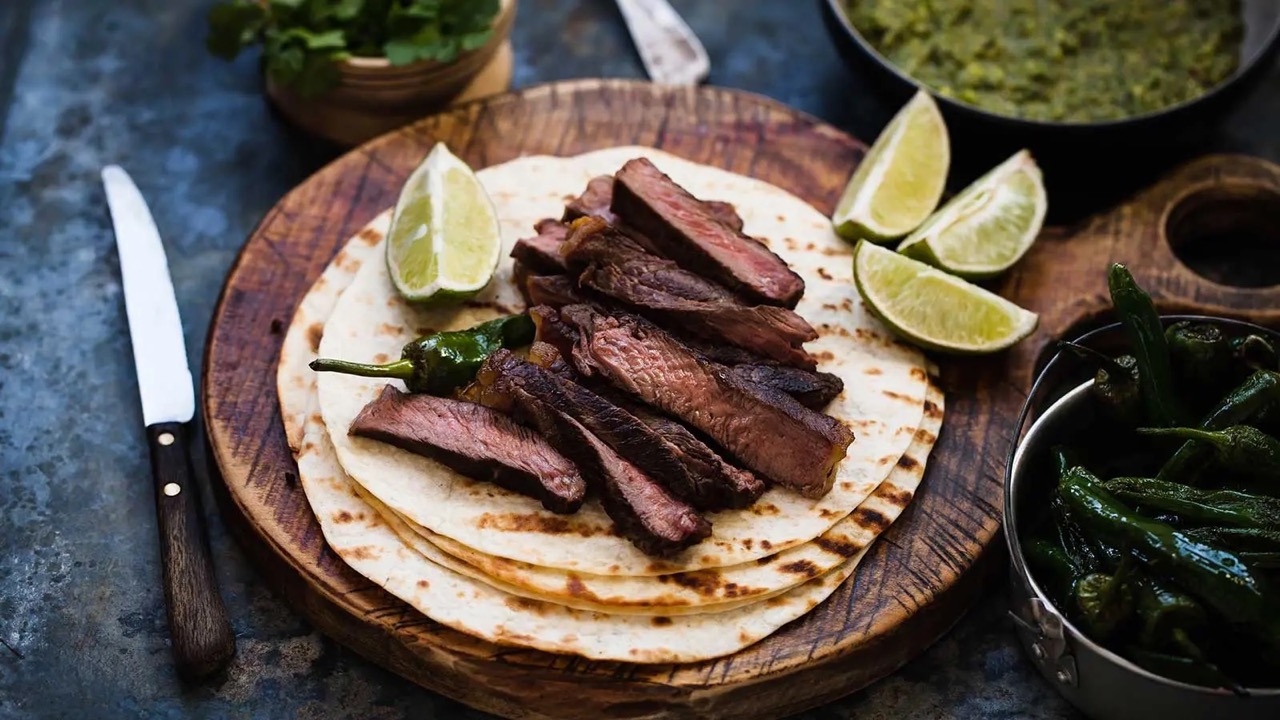

0 thoughts on “How To Store Leftover Wine”